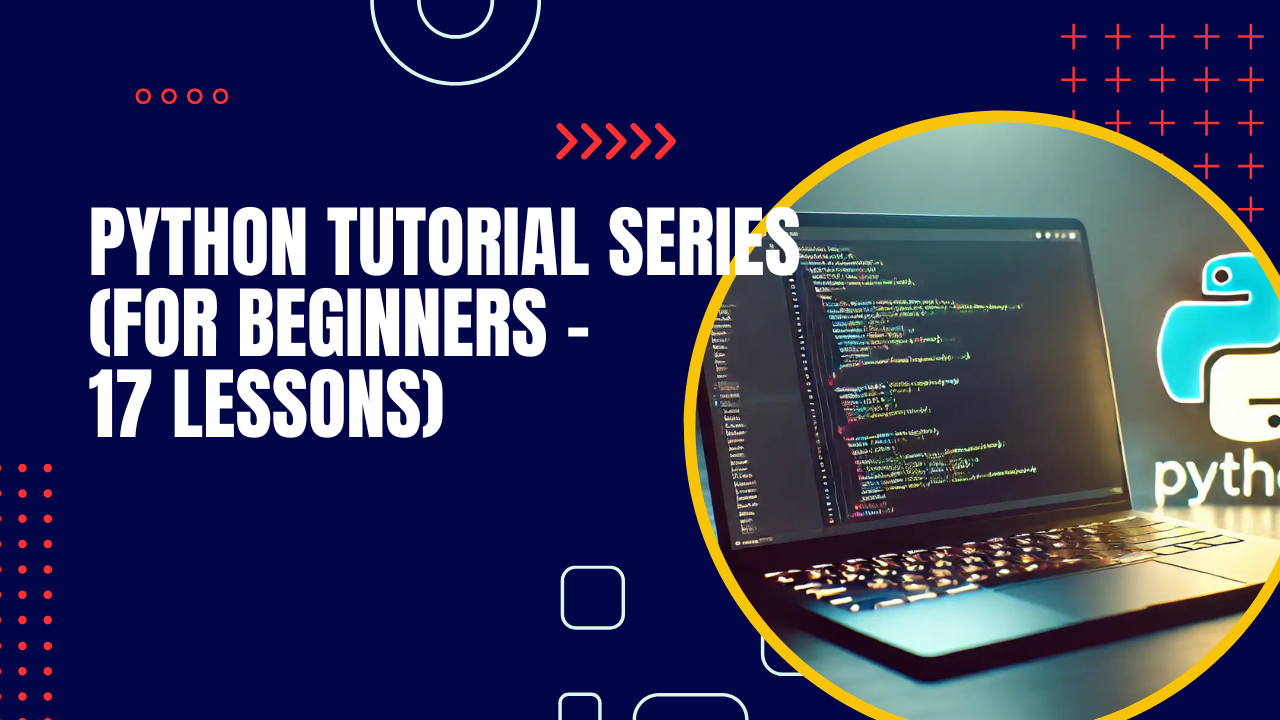In Lesson 15, we introduced Object-Oriented Programming (OOP) concepts in Python.
Now, let’s go deeper into three powerful OOP pillars:
- Inheritance (code reusability)
- Encapsulation (data protection)
- Polymorphism (flexibility with methods)
🔹 1. Inheritance in Depth
Inheritance allows a child class to reuse code from a parent class.
This reduces duplication and makes code more organized.
Basic Example:
Types of Inheritance in Python
- Single Inheritance → One parent, one child.
- Multiple Inheritance → A child inherits from multiple parents.
- Multilevel Inheritance → A class inherits from another child class.
- Hierarchical Inheritance → Multiple children inherit from the same parent.
Example of Multiple Inheritance:
Output:
🔹 2. Encapsulation in Depth
Encapsulation is about restricting direct access to data.
Python doesn’t enforce it strictly, but uses naming conventions:
_attribute → Protected (by convention, avoid direct access)__attribute → Private (name mangling applied)
🔹 3. Polymorphism in Depth
Polymorphism means many forms — same method name, different behavior.
Example 1: Same Method in Different Classes
Output:
Example 2: Method Overriding
Child class provides a new version of a method that exists in the parent.
Output:
Example 3: Duck Typing (Python-Style Polymorphism 🦆)
Python cares about behavior, not type.
If an object has the method, it works — even if it’s a totally different class.
📝 Quick Recap
- Inheritance → Reuse parent class code (supports single, multiple, multilevel, hierarchical).
- Encapsulation → Protect data using private/protected attributes.
- Polymorphism → Same method name, different behaviors (via overriding, duck typing).
These three principles make your Python code more modular, secure, and flexible.
🎯 Practice Exercises
- Create a base class
Shape with a method area().- Inherit
Rectangle and Circle classes. - Implement correct
area() for each shape.
- Create a
BankAccount class with deposit, withdraw, and check_balance.- Prevent direct access to the balance using encapsulation.
- Write a
Vehicle parent class.- Create
Car, Bike, and Plane child classes. - Override the
move() method for each. - Demonstrate polymorphism by looping over all vehicles.
Up Next Lesson 17: Mini Project
💼 Need a Developer?
I'm Kingsley Odume, a Django, Flask, and FastAPI developer with experience building SaaS platforms, APIs, and modern web apps. If you're a recruiter or business owner looking for a reliable software developer, let's connect!
🚀 Hire Me



